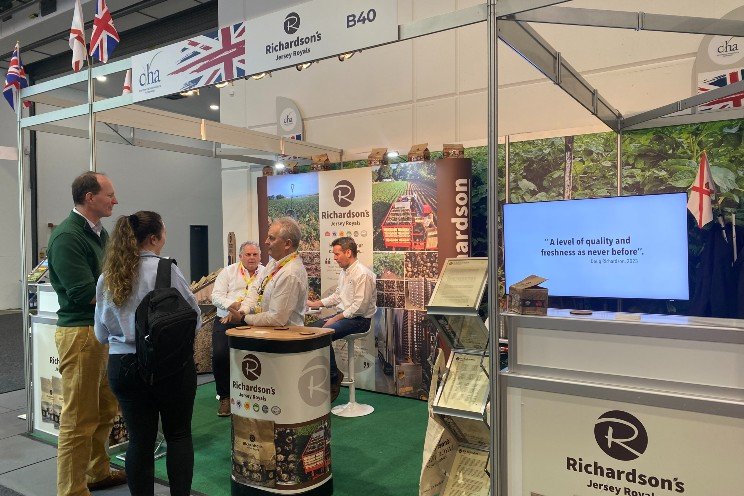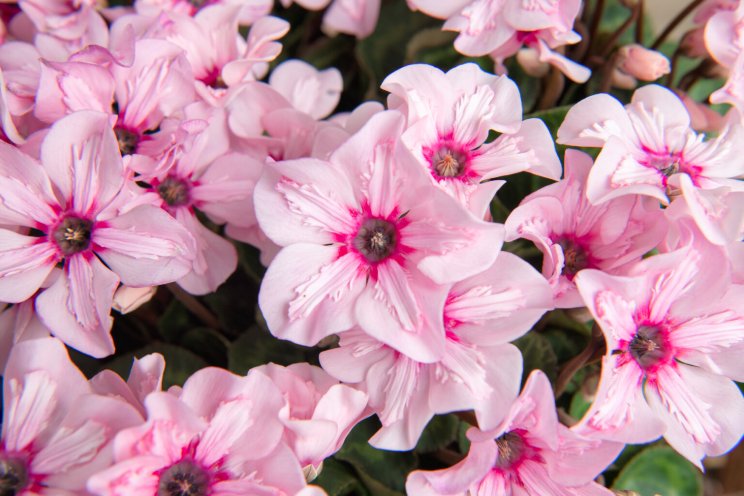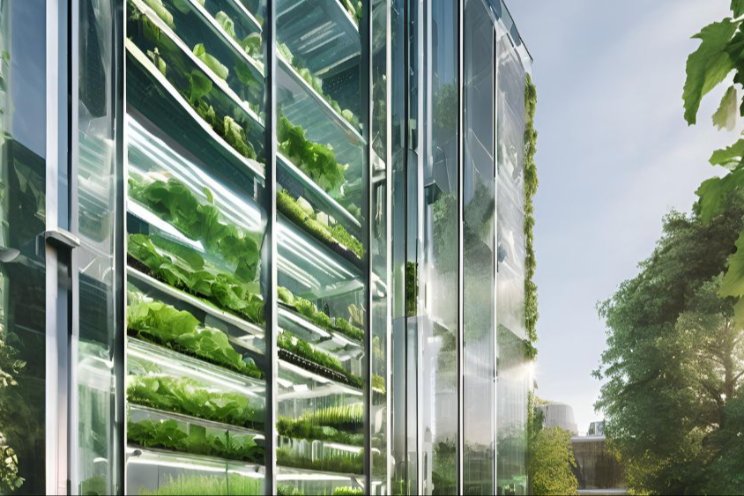The energy crisis to power a renewable future for CEA
Added on 11 May 2022

This price instability has sent shock-waves through the CEA community, with a few even questioning its viability. But we don't think this is the end, far from it. While talking about the bright side of a crisis may seem crass, this could be the driving force for changes akin those seen after the 1970's twin oil shocks. "Necessity is the mother of invention", as they say, and we can see some incredible opportunities for positive change that won't just help our industry further thrive in the medium-term, but could help support the renewable energy transition too.
In this long-read, we'll explore the energy landscape we're working in and what the big opportunities for innovation are. After all, innovation is what the CEA industry does best! (If you're looking for advice on what to do on your existing farm during this crisis, please read "How can UK vertical farmers power through the energy crisis?")
Energy usage in CEA
The controlled environment agriculture (CEA) industry is highly sensitive to the price of energy, especially electricity and natural gas. CEA is a catch-all name for methods of growing crops indoors while controlling elements of the environment such as irrigation, temperature, humidity or light. The term includes greenhouses, polytunnels, plant factories, vertical farms and container farms.
A note from the author: For just a moment, we thought about not publishing everything shared in this article. There are no two ways about it, shining a spotlight on a weakness is not easy. Energy is a thorny issue for controlled environment agriculture (CEA) that simply does not get enough air time. And we can understand why. There are so many amazing environmental benefits of CEA, from conserving fresh water to protecting biodiversity on-land and at sea, and you don't want these to get lost in a sustainability narrative that sadly often excludes them. However, it's irresponsible to only showcase CEA's best points. At LettUs Grow we think it's vital for the industry to be transparent and have uncomfortable conversations about energy-use. We hope this article opens the door for real honest discussion; because if you can't talk about a problem, how can you solve it?
Source: LettUsGROW
More news















